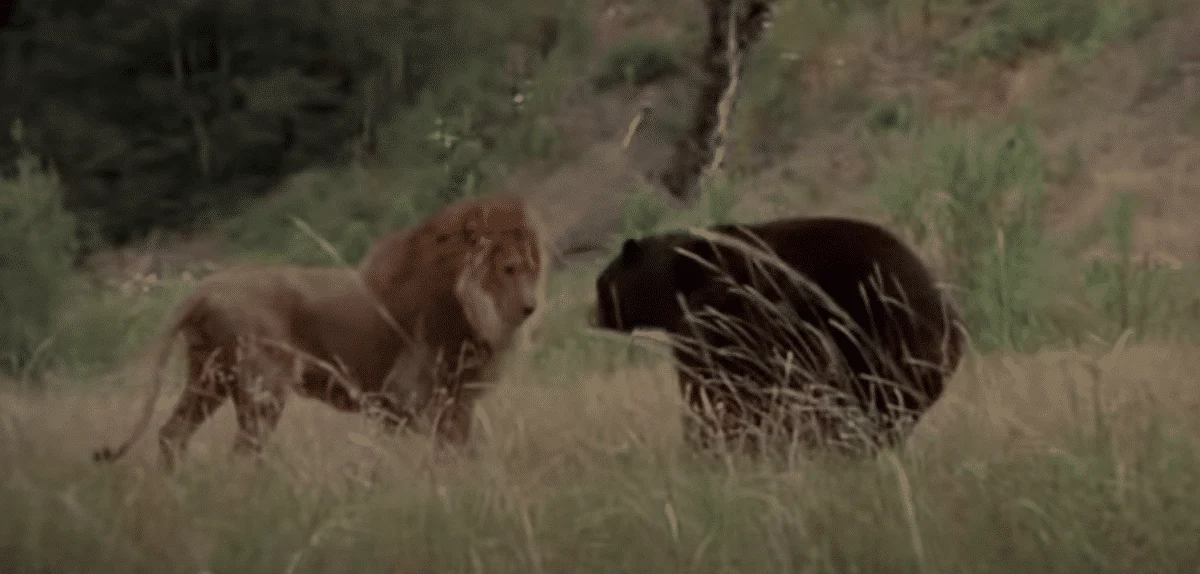In the remote corners of the natural world, where the boundaries of untamed wilderness blur and primal instincts reign supreme, an age-old rivalry plays out with unparalleled intensity. The primal clash between a bear and a lion stands as a testament to nature’s unrelenting power. As well as the unyielding spirit of two apex predators. Continue reading to witness the wild showdown!
Check out: Mama Bear Brings Her Cubs To Backyard Pool For A Dip.
Lion Size
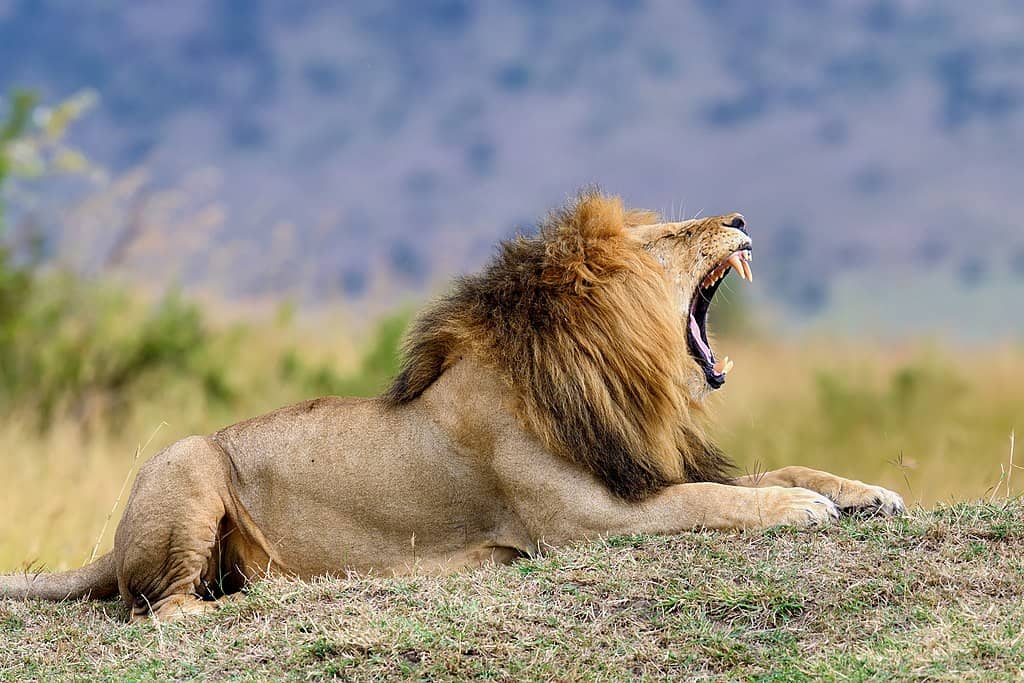
Lions typically stand about 3.5 to 4.5 feet (1.1 to 1.4 meters) tall at the shoulder. The body length of an adult lion can range from 6 to 8 feet (1.8 to 2.5 meters). Adult male lions can weigh between 330 to 550 pounds (150 to 250 kilograms). Adult females are generally smaller and weigh between 260 to 400 pounds (120 to 180 kilograms).
Check out: Bear Embraces Man: Best Friends.
Bear Size

Brown bears are one of the largest species of bears and are known for their impressive size and strength. On average, adult male brown bears tend to be larger than females. Brown bears typically stand about 3 to 5 feet (1 to 1.5 meters) tall at the shoulder. The body length of an adult brown bear, from the tip of its nose to the base of its tail, can range from 5 to 9 feet (1.5 to 2.7 meters).
Adult male brown bears can weigh anywhere from 400 to 1,500 pounds (180 to 680 kilograms) or even more, depending on the subspecies and environmental conditions. Adult females are generally smaller and can weigh between 200 to 800 pounds (90 to 360 kilograms).
Who Is The Strongest Predator
Bottom Line

This primal clash, echoing through the ages, reminds us of the eternal struggles that shaped the natural world as we know it. It echoes the primordial call of the wild, where only the fittest endure, where adaptation and strategy are the keystones of survival. As the echoes of their roars fade into the wilderness, they leave us with a profound understanding of the constant, unending battle that shapes the destiny of the creatures that call this untamed world home.
Facts about Lions

Lions are among the most majestic and formidable creatures in the animal kingdom. Known as the “king of the jungle,” these big cats have fascinating traits and behaviors that make them unique.
1. Social Structure

Lions are the only big cats that live in groups called prides. A pride typically consists of related females, their cubs, and a few adult males.
2. Hunting Techniques

Lions are primarily nocturnal hunters, relying on the cover of darkness to stalk their prey. Female lions do most of the hunting while males protect the pride and its territory.
3. Powerful Roar
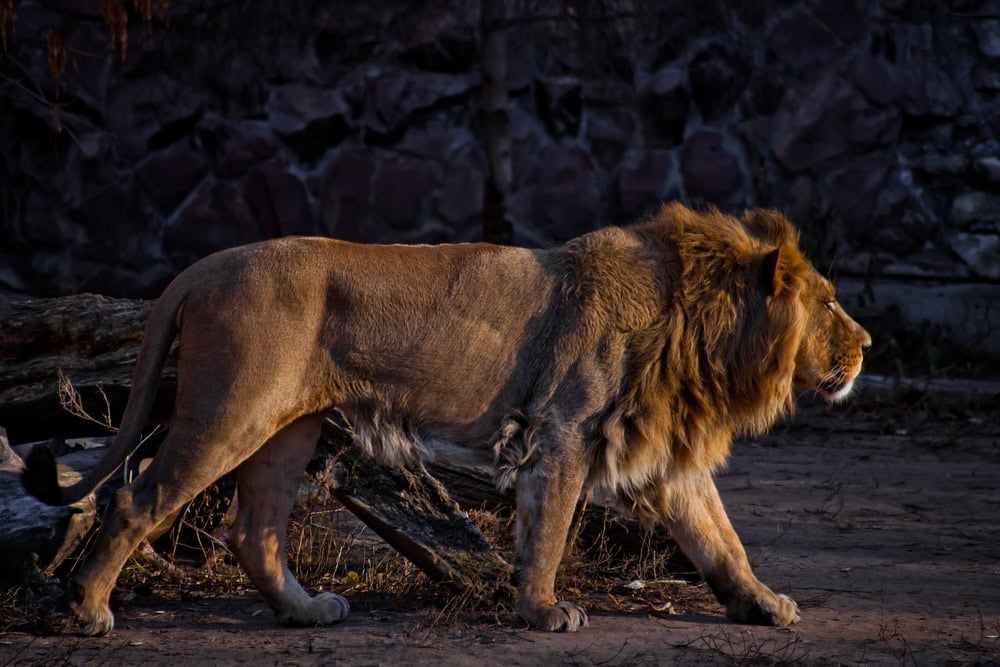
A lion’s roar can be heard up to 5 miles away. This mighty roar helps them communicate with pride members and warn off intruders.
4. Lifespan

In the wild, lions live for about 10 to 14 years. In captivity, their lifespan can extend to over 20 years due to better medical care and a steady food supply.
5. Mane Significance

The mane of a male lion is not just for show; it signifies health and virility. Darker manes are often more attractive to females and can intimidate rivals.
6. Cubs’ Mortality Rate

Lion cubs face a high mortality rate, with only about 1 in 4 reaching adulthood. Predation, starvation, and infanticide are significant threats to their survival.
7. Territory Range

A pride’s territory can span over 100 square miles. This large range is necessary to provide sufficient prey and resources for the pride members.
8. Conservation Status

Lions are classified as vulnerable due to habitat loss, human-wildlife conflict, and poaching. Conservation efforts are crucial to ensuring the survival of these iconic animals.
Facts About Bears
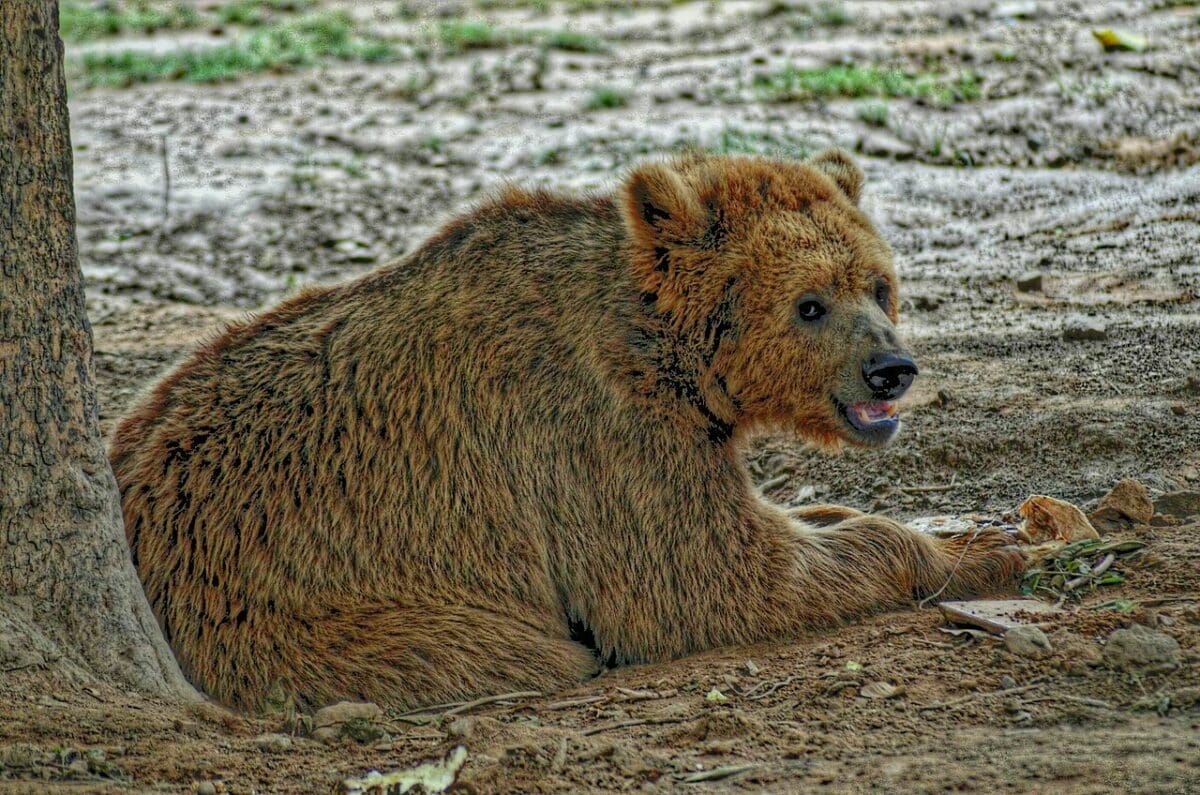
Bears are fascinating creatures that have captured human imagination for centuries. Here are seven intriguing facts about these majestic animals that highlight their unique characteristics and behaviors.
1. Bears Have a Great Sense of Smell

Bears possess an extraordinary sense of smell, which is estimated to be seven times better than a bloodhound’s. This keen olfactory ability helps them locate food sources, detect danger, and communicate with other bears.
2. Bears Are Omnivores

Despite their fearsome reputation, most bears have a varied diet that includes both plants and animals. They consume fruits, nuts, leaves, insects, and fish, adapting their diet based on seasonal availability.
3. Bears Hibernate
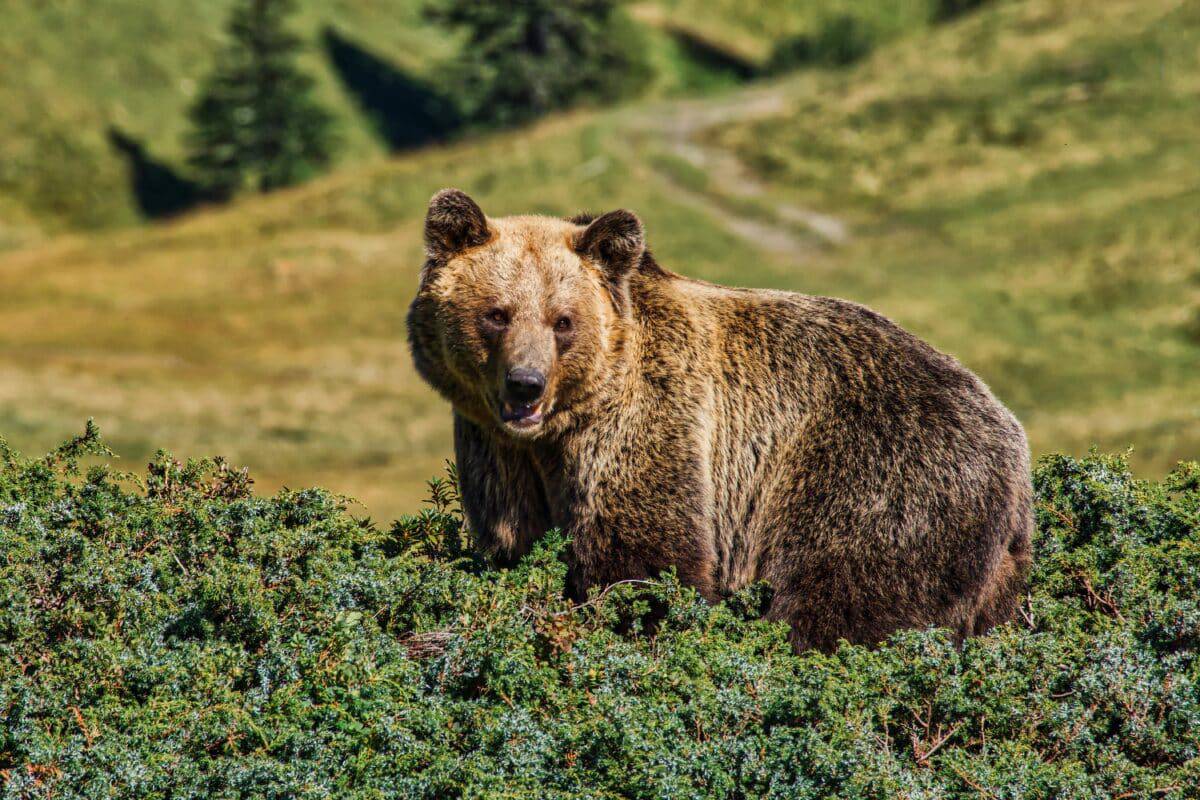
Many bear species undergo hibernation, a state of dormancy that allows them to survive the winter months when food is scarce. During hibernation, a bear’s metabolism slows down significantly, and it can go without eating, drinking, or defecating for months.
4. Bear Cubs Are Born Small

Bear cubs are remarkably tiny at birth, weighing only about 1 pound (0.45 kg), roughly the size of a can of soda. They are born during the mother’s hibernation period and rely on her warmth and milk to grow.
5. Polar Bears Are Marine Mammals
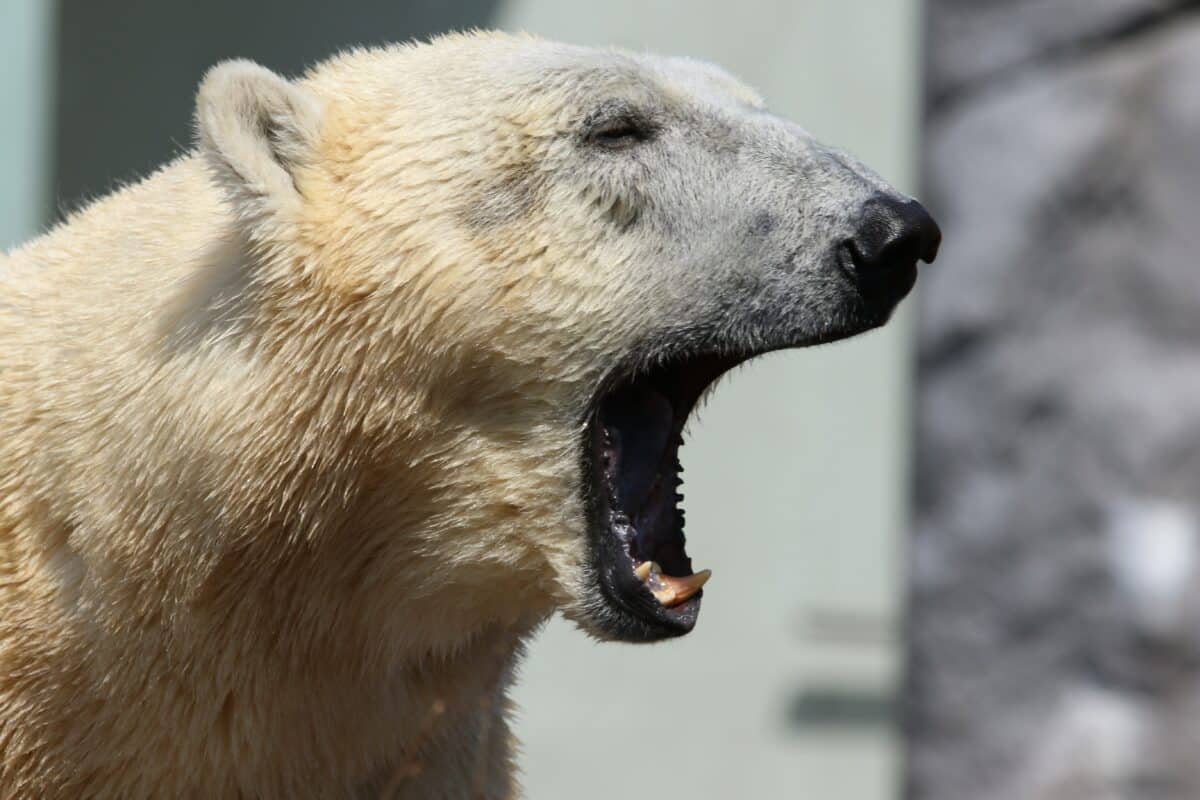
Polar bears are classified as marine mammals because they spend most of their lives on sea ice and depend on the ocean for food. They are excellent swimmers, capable of covering long distances in search of seals, their primary prey.
6. Bears Communicate Through Body Language
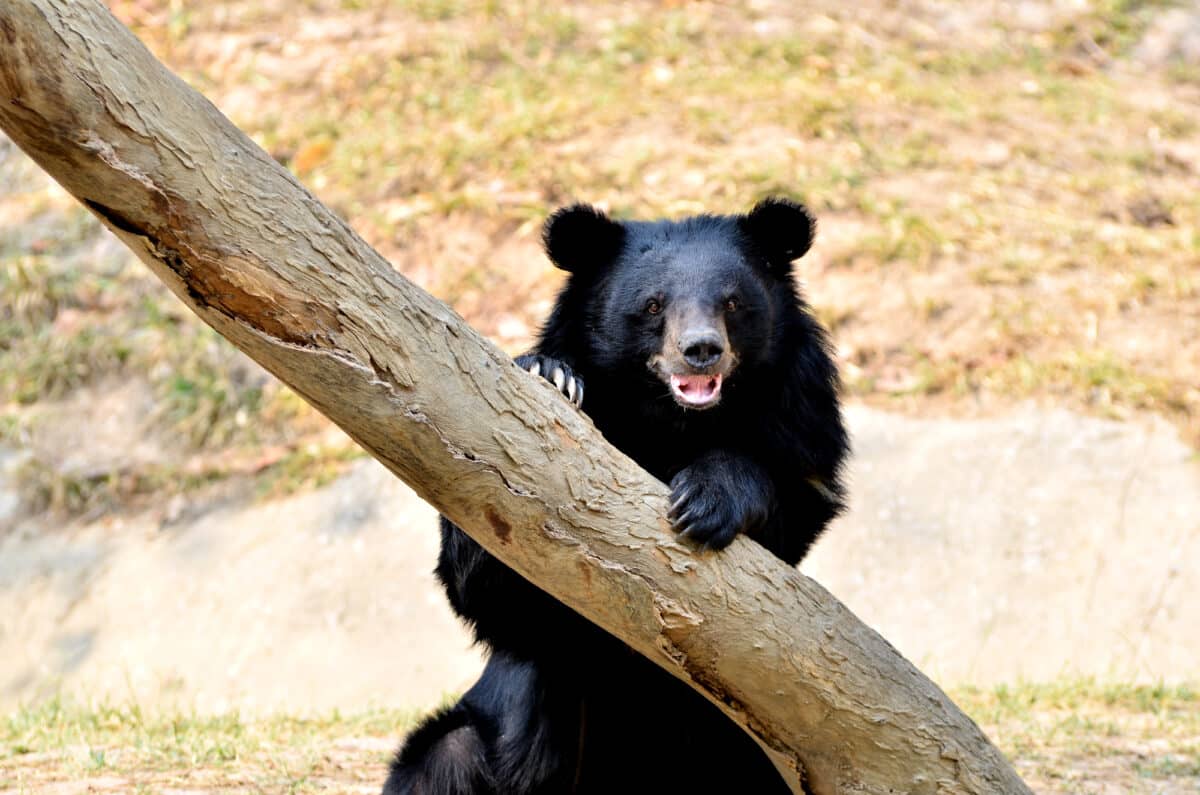
Bears use a variety of body language cues to communicate with each other, including vocalizations, postures, and facial expressions. For example, standing on hind legs can signal curiosity or dominance, while growls and roars can warn of aggression.
7. Bears Have Long Lifespans
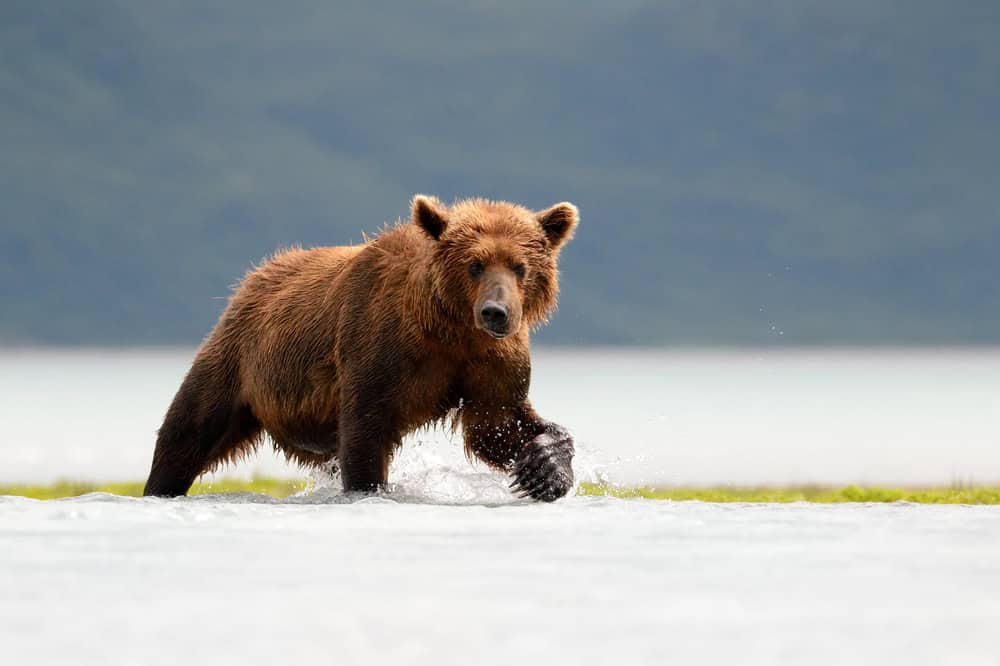
In the wild, bears can live for up to 25 years, with some individuals in captivity reaching over 30 years. Their longevity depends on factors such as species, habitat, and availability of food.
Thanks for reading along, check out our related article links below!
Next up:
Join our Forum for free today!


